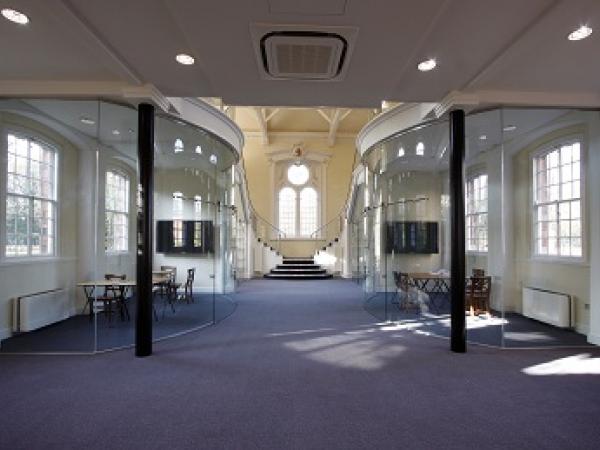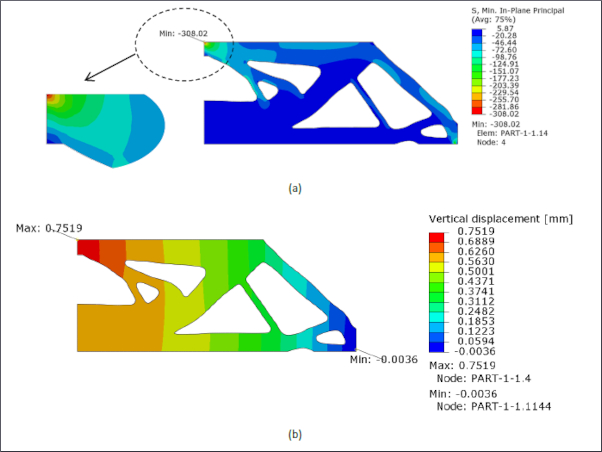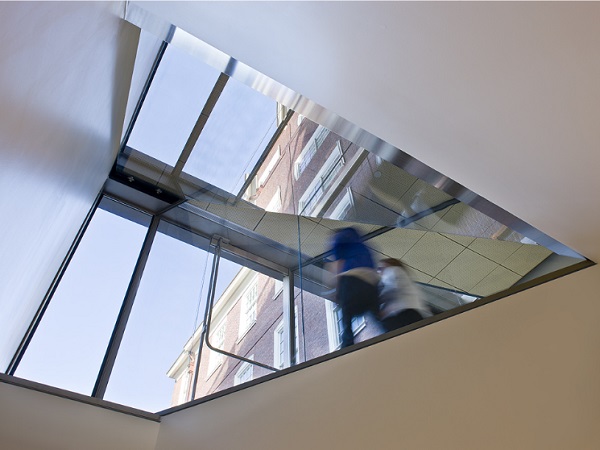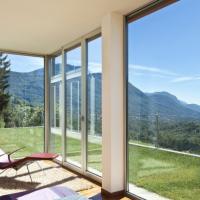Sound arises from molecules vibrating in a gas, solid or liquid from a source. The number of vibrations a second is known as the frequency and is measured in Hertz (Hz).
The length of the frequency corresponds to the pitch of the sound; the shorter the ‘period’ between frequency waves, the higher the frequency and higher the pitch, and vice versa. A human ear can detect frequencies between 16Hz to 20000Hz. When considering acoustics for building or architecture it is generally the range between 50Hz and 5000Hz that we are concerned with and which will effect to comfort levels of those working or living inside a building or structure.
.jpg)
"Sound arises from molecules vibrating in a gas, solid or liquid from a source."
Sound insulation is used in buildings and architecture to reduce the amount of environmental noise able to resonate to the internal of a building using various building materials and practices.
.jpg)
"If you experience levels of above 65Db during the day you at a 20% higher risk of stress related illnesses"
Certain sound reduction criteria will be specified for buildings and renovations in central city areas. A noise level of over 60Db will cause stress and release a steady stream of adrenaline into the blood stream. If you experience levels of above 65Db during the day you at a 20% higher risk of stress related illnesses such as heart attacks.
It is for this reason that sound reduction in buildings is becoming a more prevalent performance factor when specifying building materials.
.jpg)
"The acoustic insulation property of a specific material or frame is defined by R which represents the acoustic power difference from one side of the material to another"
The acoustic insulation property of a specific material or frame is defined by R which represents the acoustic power difference from one side of the material to another. This value is measured in specific laboratory settings under BS EN standards in order to achieve a constant, corresponding acoustic index across all building materials.
It is the Rw value that is the most common method of rating the sound insulation of any glass. It incorporates the weighted corrections for the human ear as a receptor and is expressed in Db.
These Rw values are measured in factory settings and therefore, cannot always give a true reflection of the sound insulation of a building when incorporating things like roof joints, hollow flooring and connections and how the whole installation will perform under various ‘real-life’ acoustic situations and sources. Corrections to the Rw value can be included to give a more accurate determination of the sound insulation of an installation.
.jpg)
"These Rw values are measured in factory settings and therefore, cannot always give a true reflection of the sound insulation of a building"
These two corrections are broken down by EN ISO 717-1 as ‘pink noise’ (C) which represents outside background noise and ‘road traffic noise’ (Ctr) and are incorporated with Rw to create a common index of Rw(C;Ctr). Both C and Ctr are generally a negative value, detracting from the total sound insulation of the whole installation to give a more realistic noise reduction factor.
Every glass type and thickness will vibrate differently at different frequencies meaning that at certain frequencies the noise reduction value of a glass installation can be very low. By changing the composition and thickness of the glass you can move this dip in sound insulation towards lower frequencies making the noise more comfortable to hear but in order to reduce the critical frequency to below 100Hz, making it insignificant enough to be ignored, the glass would have to be 12cm thick!
.jpg)
"Acoustic interlayers in glass work by changing the oscillating nature of the glass panel and therefore removing this critical frequency effect"
Acoustic interlayers in glass work by changing the oscillating nature of the glass panel and therefore removing this critical frequency effect, allowing the glass to maintain a steady acoustic reduction up all frequencies. Using an acoustic interlayer into a glass unit will increase the sound insulation factor (R) from around 3Db to 5Db depending on the glass installation, and depending on the glass composition will give you an overall Rw value of anywhere from 35Db to 49Db.
These high acoustic value glass units can be used on internal uses on office spaces to reduce sound transference between spaces, on external faces to reduce airport or traffic noise, or on roof glazing to reduce external noise and impact noise of rain upon the horizontal surfaces.
.jpg)
"Ensuring that a build and design has adequate sound insulation will ensure a higher comfort level for the inhabitants"
Ensuring that a build and design has adequate sound insulation will ensure a higher comfort level for the inhabitants of the building or structure, be that a work place or home. Acoustic interlayers can be laminated in the largest glass panels available in the UK giving much greater freedom with design.
If you are installing acoustic glass into a framing you will need to consider the acoustic rating of the framing system itself to determine how the whole installation will insulate against sound pollution. Talk to IQ Glass for more information.
Contact IQ Glass on
01923 218 348
www.iqglassuk.com
sales@iqglassuk.com












